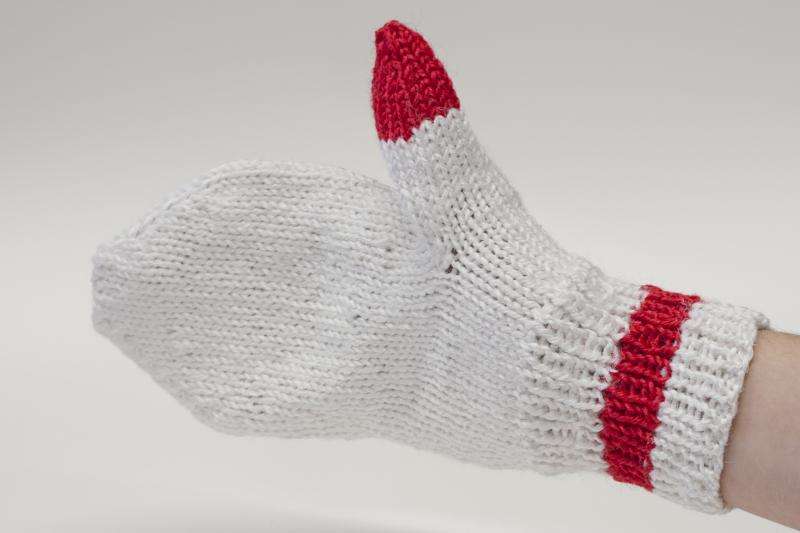Making clothes out of gelatin could reduce agricultural waste

From gummy bears to silky mousses, gelatin is essential for making some of our favorite sweets. Now scientists are exploring another use for the common food ingredient: spinning it into yarn so it can be made into clothing. And because gelatin comes from livestock by-products, the new technique would provide an additional use for agricultural leftovers. The report appears in the ACS journal Biomacromolecules.
More than a century ago, the textile industry started using protein fibers from animals and vegetables such as casein from milk and zein from corn to make new kinds of fabrics. But synthetic fibers derived from petroleum products boomed and quickly eclipsed those efforts. Now, as consumers search for "greener" products, scientists have revived the idea of making fabrics from animal and plant proteins. Wendelin J. Stark and colleagues decided to try spinning yarn out of gelatin, which comes from collagen, an abundant protein in livestock by-products.
The researchers spun filaments of gelatin, twisted them into a yarn and then treated it with gaseous formaldehyde and lanolin (wool grease) to make it water-resistant. The resulting yarn was about as strong as a strand of merino wool. It was also just as warm when knitted into a glove.
More information: "Porous, Water-Resistant Multifilament Yarn Spun from Gelatin." Biomacromolecules, Article ASAP DOI: 10.1021/acs.biomac.5b00424
Journal information: Biomacromolecules
Provided by American Chemical Society



















